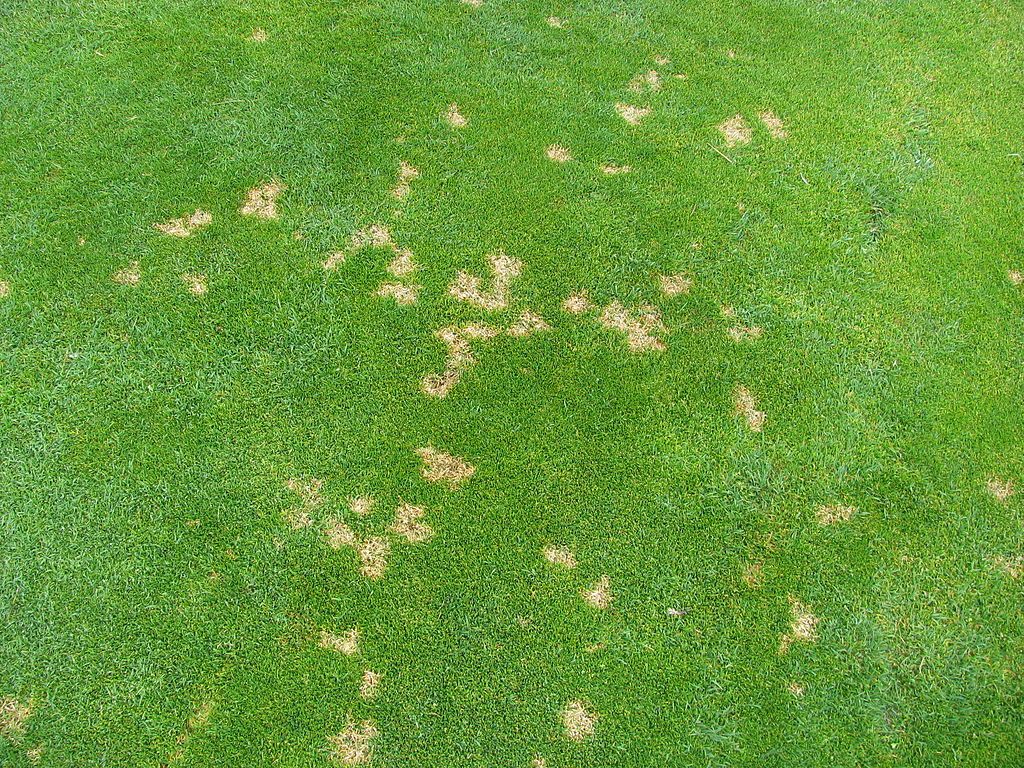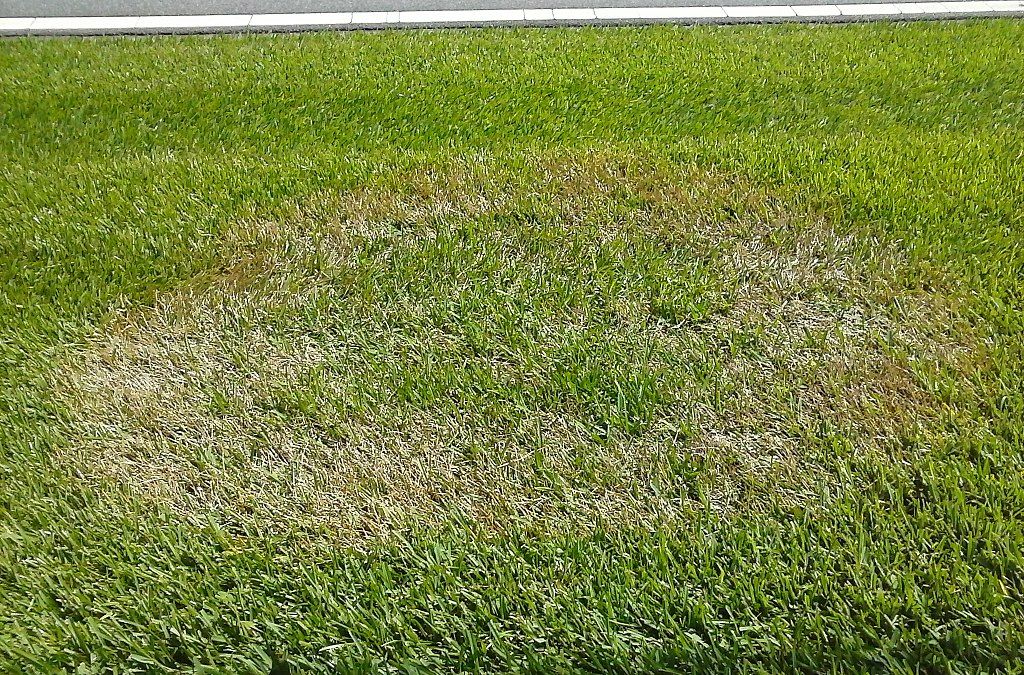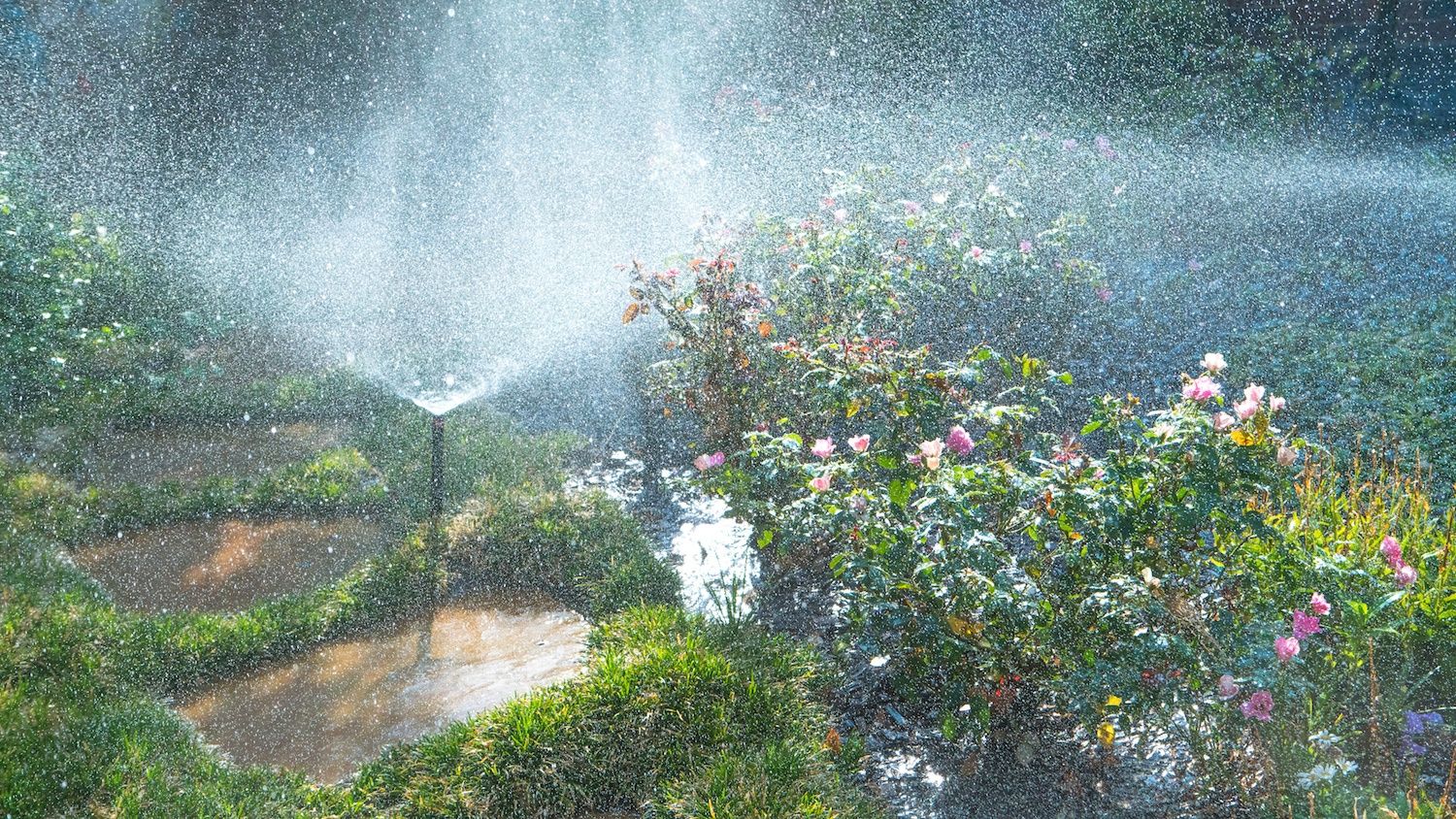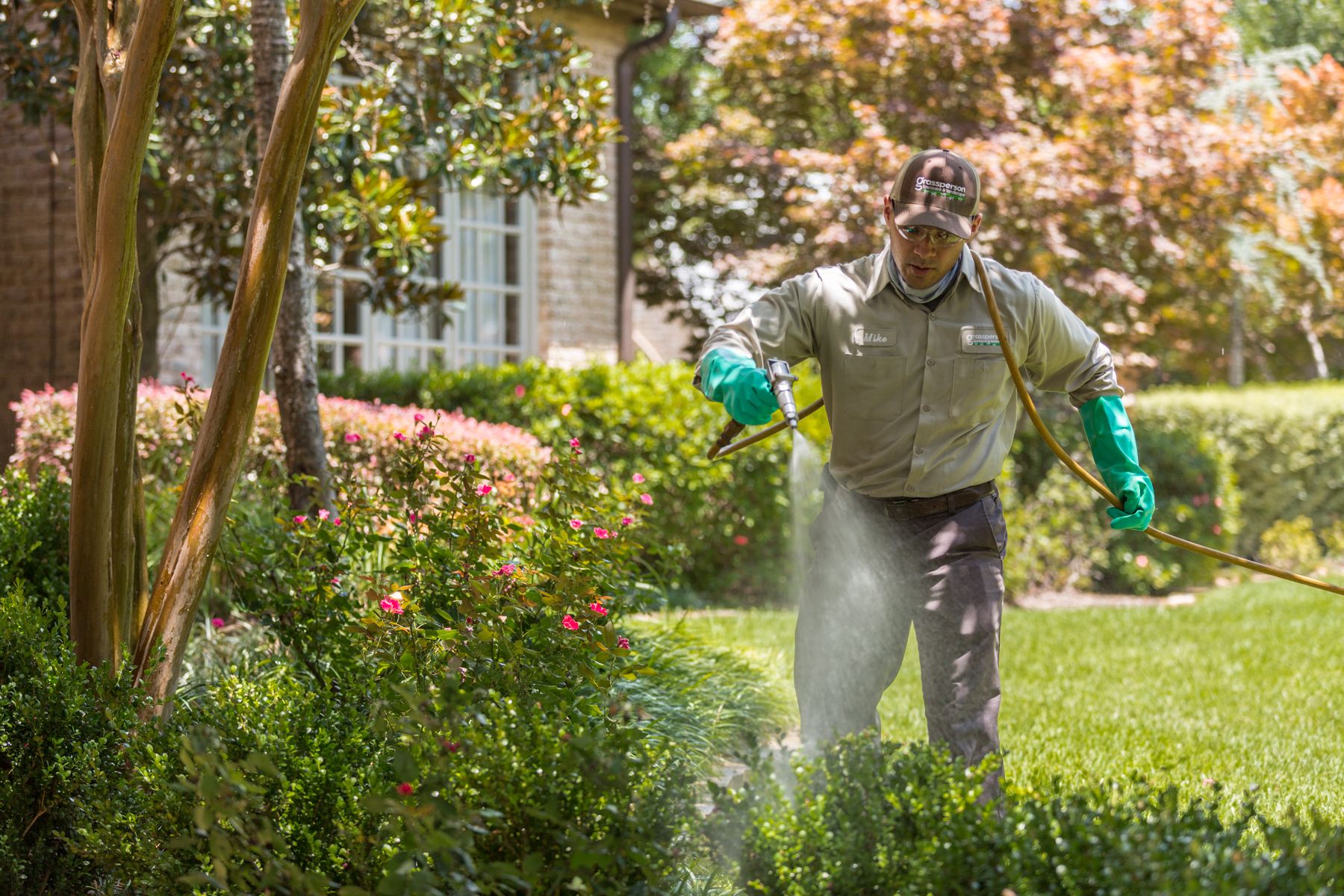
There is fungus among us!
Ok, all joking aside, North Texas lawns and landscapes are naturally full of fungi and spores. While some types are harmless, others can quickly become destructive under the right conditions, leading to brown patches, dying grass, or even tree loss.
One of the most frustrating aspects of fungus is how fast it can spread. Your lawn or landscape may look fine one day but show serious damage the next. That’s why early detection and proper action are critical.
Here are four must-know facts about fungus in Texas lawns, trees, and shrubs, plus what you can do to protect your landscape.
If you suspect fungus, your first instinct might be to apply fungicide immediately. But before taking any action, it’s essential to properly diagnose the issue.
There are many different types of fungus that impact grass, trees, and shrubs in North Texas, and the treatment approach varies based on the specific disease.
If you want to learn more about common lawn fungi like Dollar Spot, Brown Patch, and Summer Patch, read this article. For tree and shrub fungus, check out this guide.

Homeowners often mistake fungal infections for other lawn problems. For example, we’ve seen people add extra water or fertilizer to a yellowing lawn, assuming it’s a drought or nutrient issue.
But if the cause is actually fungus, adding water or fertilizer will only make it worse, like throwing gas on a fire. Some fungi thrive in moist conditions, and overwatering can accelerate the problem.
Signs of Lawn Fungus in Texas:
Signs of Tree & Shrub Fungus in Texas:
If you notice any of these symptoms, proper diagnosis is key before treatment.
Fungicides can be an effective treatment, but homeowner habits also play a big role in preventing or worsening fungal outbreaks.
Texas weather—especially hot, humid conditions—creates the perfect environment for fungus to thrive. But some common landscape practices can make the problem even worse.

Many homeowners try to tackle fungus using store-bought fungicides, but this often leads to wasted money or worsening conditions.
Example: Take-All Root Rot (TARR) is a common fungal disease in St. Augustine grass in North Texas. It’s often misdiagnosed as Brown Patch or chinch bug damage, but each requires a different approach.
That’s why professional diagnosis and treatment are the safest and most effective options.
Although fungus can be a major issue, not every lawn requires preventive fungicide treatments. Some homeowners never experience lawn fungus at all.

Because of this, fungicide isn’t automatically included in our standard lawn care program. Instead, it’s an add-on service for homeowners who need it. If fungus is diagnosed, we apply the correct fungicide and implement preventive solutions.
Unlike lawn fungus, fungal infections in trees and shrubs can be devastating.
A lawn fungus might cause a few bare patches, but tree and shrub fungus can kill entire plants. Losing a 10-year-old ornamental tree or an established hedge can be costly and difficult to replace.
That’s why our Tree & Shrub Care program includes preventive fungicide applications in two of our four yearly treatments.
Lawn and landscape fungus can be frustrating, but with early detection and quick action, you can prevent major damage.
Grassperson offers expert fungus diagnosis and treatment in North Texas. Whether you’re dealing with Brown Patch in your lawn, Take-All Root Rot in St. Augustine grass, or fungal infections in trees and shrubs, our team will identify the problem and apply the right treatment.

Don’t let fungus ruin your lawn and landscape. Contact Grassperson today for a free quote and get the expert care your property needs.
Serving Flower Mound, Highland Village, Lewisville, and surrounding North Texas areas. Request a free quote now.
Image Sources: dollar spot, brown patch
These Stories on Lawn Care